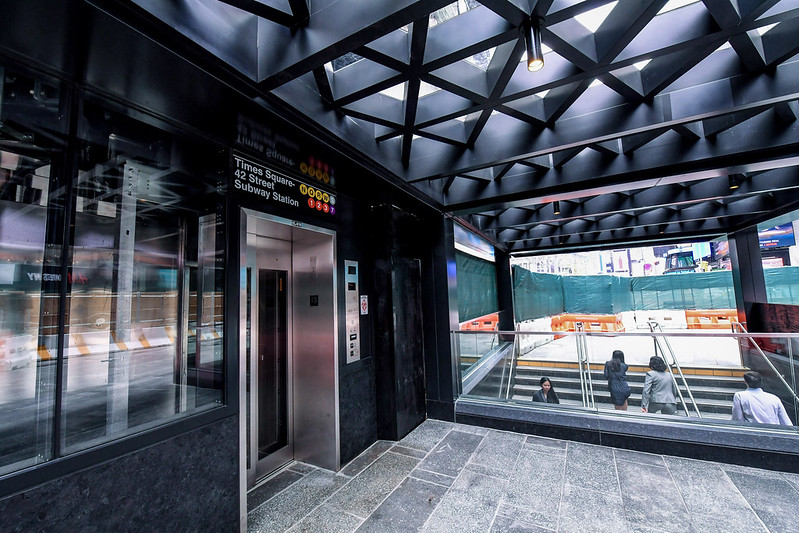
Photo: Creating-resilient-cities
Cities present resilience measures at Siemens’ London event
01 October 2014
by Richard Forster
At Siemens’ Creating Resilient Cities event in London yesterday, delegates from the cities of London, Johannesburg and Ljubljana gave presentations on how their city was attempting to deal with the effects of climate change, assume leadership in mitigating and adapting, and become more resilient.
“It is important for cities to recognise what climate change means for them and then put in place measures to adapt to the effects of climate change,” said Conor Riffle, Director, Cities and Data Product Innovation at CDP. “The impacts of climate change are stressing city infrastructure and placing citizens and businesses at greater risks. Research from my own organisation CDP shows that the urban impact of climate change will particularly affect businesses, and therefore the city government plays a key role in making sure that these businesses are protected.”
London is already feeling the effects of a changing climate. It is particularly vulnerable to flooding, overheating and drought conditions which can lead to water supply shortfalls. Climate change will increase the probability and severity of these effects through rising sea levels, heavier winter rainfall, higher tidal surges and less summer rainfall.

“Whilst in London we have a long term and good plan to protect us from sea level rise and tidal surges we need to be matching that with a long term investment strategy for managing surface water flood risk and sewer flood risk as well,” said Alex Nickson, Strategy Manager for Climate Change Adaptation at Greater London Authority. “Climate change is going to cause a dramatic drying in the summer and a dramatic wetting in the winter. When we do get rain more frequently we are going to see very heavy downfalls, exactly the kind of rain that our system is not designed to resist.”
Whilst London is particularly vulnerable to flooding, it is also situated in the southeast of England, an area that has been classified as seriously water stressed. This means that London is taking more water out of the environment than the environment can sustain, and authorities are determined to reduce the usage and wastage.
In 2009 Johannesburg launched its comprehensive Climate Change Adaptation Plan (CCAP), which prioritises strategic investments and activities to reduce climate risks. The adaption interventions identified are mapping flood prone areas, the development of early warning systems, and awareness-raising campaigns for vulnerable communities. Linda Phalatse, Deputy Director for climate change Johannesburg, emphasised the city’s efforts to include all social groups and communities in decision-making processes and the fight against climate change.

“Different sections and social groups in a community have various degrees of vulnerabilities and capacities in a given situation, with the poor and vulnerable, especially women, suffering most from the impacts of climate change,” said Phalatse. “We do not see communities as mere victims of climate crisis but as an active agency of people who are making efforts to adapt and need further capacity and resources. The participation of communities is key to influence the adaptation policy and programme frameworks that would define how adaptation funding is channelled and spent.”
In June of this year the city of Ljubljana was named European Green Capital 2016. The jury commended the city for raising environmental awareness amongst citizens and for its sustainability strategy ‘Vision 2025’, which brings together plans covering environmental protection, mobility, energy and electric transport.
“Transport in Ljubljana has changed dramatically over the past decade,” said Miran Gajšek, Head of Urban Planning, Ljubljana. “From a city that was rapidly becoming dominated by the car, the focus has now shifted to eco-friendly alternatives. In 2013, Ljubljana modified the traffic flow within the city to limit motorised traffic and give priority to pedestrians, cyclists and public transport. Cycling is also increasing, with over 1.6 million journeys using the ‘BicikeLJ’ bike-sharing system since 2011. In 2012 the city adopted goals that will see public transport, non-motorised traffic and private vehicles account for equal one-third shares of all transport by 2020.”











